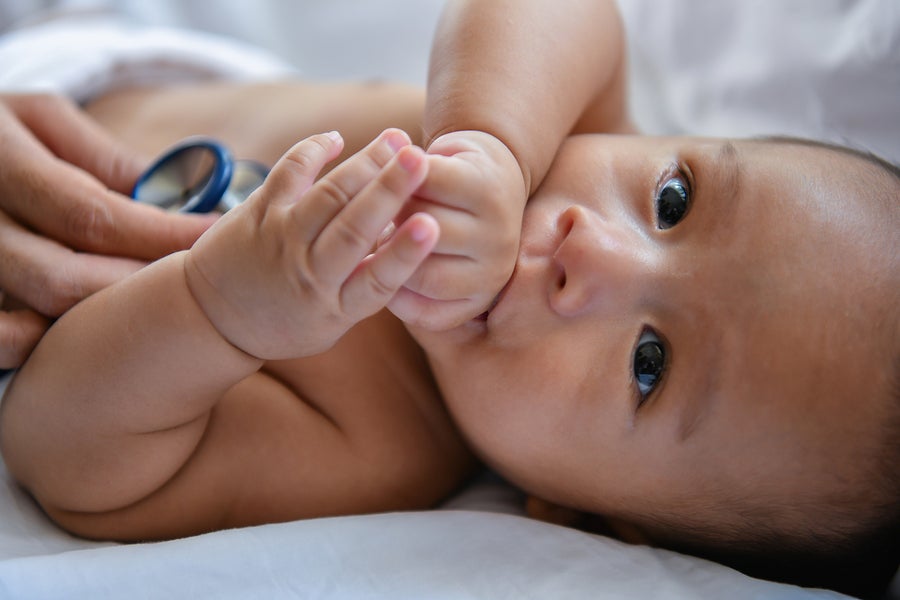Each baby is born with limitless potential, and anyone who has ever held a baby has felt the enormity of opportunity ahead. But as ZERO TO THREE and Child Trends’ 50-state assessment of the state of babies in the United States finds, some babies come into the world facing more obstacles than opportunities.
One in four babies live in poverty, and many face food insecurity, are exposed to violence and live in unstable housing. Exposure to high levels of stress and instability can limit a child’s ability to grow, leading to health problems and even a shorter lifespan. But just as children are negatively molded by stress, they can be positively molded by supportive interventions.
Exciting for advocates and researchers, this first-of-its-kind State of Babies Yearbook 2019 tool allows for comparison and rating across all 50 states and the District of Columbia, and annual updates will allow advocates and policymakers to tell the story of infants and toddlers in their state and track their progress over time.
An indicator worth noting: researchers count Medicaid expansion as a positive indicator for young children. This affirms what we know about Medicaid expansion’s benefit for young children: Parents in states that have expanded Medicaid have experienced greater access to prenatal care, preventive care and treatment—including behavioral and mental health care—which can only improve the positive, nurturing relationships children need for healthy development. Medicaid is also linked to more family economic stability, because it removes the burden of medical bankruptcy that can send a family into crisis. And when parents have coverage, they’re more likely to enroll their eligible children.
Along with several other Medicaid indicators, the report also has recommendations to, among other things, improve access to health care, home visiting services, paid family leave and high quality and affordable child care.
ZERO TO THREE and Child Trends compiled nearly 60 indicators of infant, toddler and family well-being, and categorized them into three domains: good health, strong families and positive early learning experiences. Then they grouped each state into one of four categories from least supportive to most: getting started, reaching forward, improving outcomes and working effectively. Generally speaking, states in the Northeast and West do better in the “good health” and “strong families” domains, while states in the Midwest and a few in the South do well on “positive early learning experiences.”
The authors also compiled promising practices from states at different rankings to highlight ways some states are improving the outlook for babies, such as piloting an infant and early childhood mental health consultation model, cross-sector collaboration between Medicaid, education, and other child-serving agencies, stabilizing the child welfare system, and providing grants to child care centers to open more spots to low-income families.
They also draw attention to the urgent need to reduce racial disparities in outcomes for young children and families, as the current generation of babies is the most diverse in the nation’s history—51 percent of babies born in 2017 were non-white.
Click here to read the report and see how your state measures up.


